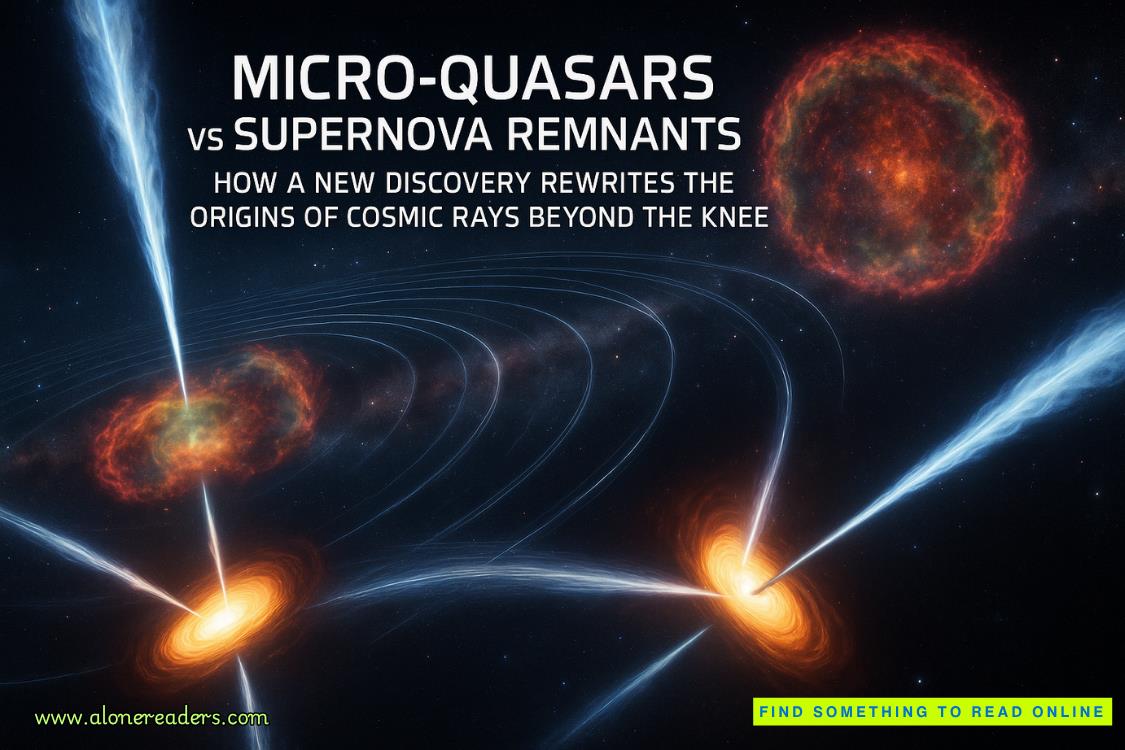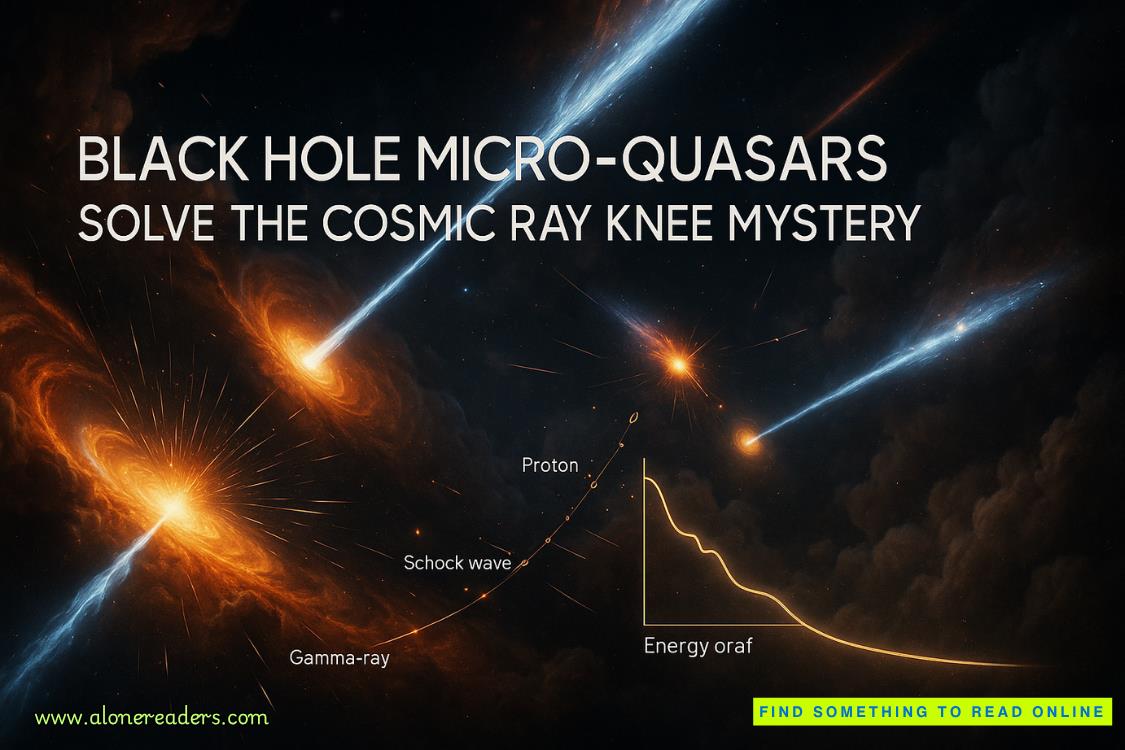Page 65 of Echoes at Driftwood Cottage
“It’s not even ten-thirty yet,” she pointed out.
“Just asking.”
Twenty minutes later, they crossed over 280 skirting the area around Woodside and heading northeast.
After crossing into Redwood City, the hub of the county, Daniel turned onto El Camino and drove his Subaru past the Maserati dealership. Rowan twisted in her seat to get a better look at the luxury cars. “We’re in another world here.”
Downtown’s City Square gave off an urban vibe with the main drag offering a row of vintage buildings that housed retail shops, eateries, and coffeehouses.
“I’ve been thinking,” Rowan said glancing out the side window. “Maybe Brent has a point. Maybe Jim and Lynette did know someone with connections here who could fake a death certificate. I’ve never once heard either one of them mention any relatives. Don’t you think that’s weird?”
“One weird thing at a time is about all I can manage,” Daniel noted, pulling into a parking space across from City Hall designated as Lot B for the main library. “Our quest for information begins here. After we pay the two bucks for parking, that is.”
While Daniel fed the parking meter, Rowan gathered up her backpack and waited on the sidewalk. She studied the old building, now the public library, which had once housed the original fire station built in 1921. Back then, the architects had made the most of Italian Renaissance design using brick, the color of muted terracotta. It was now a registered landmark that oozed historic charm. She pointed to a sign along the walkway. “This says thousands of honeybees make their home on the roof of the library.”
“I remember. I wouldn’t want to spend my lunch hour around thousands of bees.”
Together, they walked under the classic loggia or portico, through the three arched doorways— where firetrucks once roared past when the alarm sounded—toward the archive room.
“You’ve been in here before,” Rowan noted as he tugged her upstairs to the mezzanine level.
“Three or four times to look up real estate options. This is where I stumbled across the information I needed about Pelican Pointe.”
“You’re kidding?”
“Nope. Libraries are amazing go-to resources when you’re looking to make a move. And this one in particular has a very fine collection of local history. Everything you always wanted to know about this area is available on microfilm.”
“How close was work from here?”
“Ten minutes maybe from Silicon Valley. I’d come here during lunch or after work.”
“So, looking through old newspapers, we should be able to find more than one journalist who covered what happened at the commune.”
“Even the ones that no longer publish are here…somewhere,” Daniel whispered with a laugh.
After browsing through subject material that mentioned cults and communes in northern California, they discovered a treasure trove of articles regarding the Celestial Moon Commune that went back to its founding in 1971 by a man named Dodge Nichols.
Dodge amassed hundreds of followers, some former flower children from Haight-Ashbury. After inheriting his family’s fifty-acre farm near Kings Mountain, he turned it into a bohemian retreat. The group built their houses out of adobe, made their own bricks, planted fields of fruits and vegetables, tended to chickens, cows, and goats, and proclaimed themselves a religious non-profit for tax purposes that lived off the land.
But behind the scenes, Dodge dedicated a portion of the farm to growing marijuana for profit. He slowly began to collect an arsenal of weapons. By 1980, he had become the leading distributor of cocaine, bringing massive amounts of drugs into the area.
For two hours, Daniel and Rowan sat hunched over microfilm, reading articles filled with tales of debauchery, drug use, and sexual experimentation reported within the walls of the Celestial Moon Commune.
Rowan couldn’t help but wonder what kind of people were drawn to such a lifestyle and what sort of things they were capable of doing to protect their secrets. Would that include murder?
Daniel must have noticed her discomfort because he reached over and squeezed her hand. “Are you okay?”
Rowan nodded, but she couldn’t shake the feeling of unease that settled in her stomach. She had always considered herself an open-minded adult, but these stories were pushing the limits of what she could accept.
One article in particular caught their attention. It was an interview with a former member of the commune, a woman the reporter referred to as “Sparrow” who had left after just a few months. In the interview, Sparrow painted a picture of a tight-knit community passionate about exploring alternative lifestyles and spirituality. Sparrow described the joy and freedom she had felt when she first arrived, and the sense of belonging as she bonded with the other members. But as time went on, Sparrow began to notice disturbing patterns emerging within the group. Some members were openly hostile while others were so drugged out they couldn’t contribute much to the everyday work routines.
Another article mentioned an outbuilding that was always locked. The member recalled hearing strange noises coming from it at night, like chanting or singing. But no one was allowed inside without permission.
But the last article made their blood run cold. It was titled “Disappearances Linked to Commune” and detailed how seven members had vanished from the group over a two-year period and were never seen again.
Rowan made a list of their names and the reporters who had written stories about their disappearances.
They were about to call it a day when a fifty-something woman with a Friends of the Library volunteer nametag that read Barbara Tanner leaned in and peered over their shoulders. “If you want to know about that commune, you need to talk to Phoebe Jamieson, a reporter who kept after that story long after the place disbanded.”















